BLOG
Categories
Recognizing Trauma in Adopted Children: A Love-Based Lens on Behavior
Let’s pause for a moment and remember something simple but powerful: every child has a story, and every adopted child carries that story into your home, into your heart, and into every single moment of relationship. Sometimes, the behaviors you’re seeing aren’t “problems to fix” — they’re messages. They’re the language of a nervous system shaped by fear, stress, and uncertainty.
Understanding the Roots of Trauma
Trauma isn’t just the big stuff. It’s not just abuse or neglect. Trauma can be any experience that’s overwhelming, unpredictable, or prolonged — especially when that experience is met without the comfort of a trusted adult to help make sense of it.
For an adopted child, trauma might start with separation from the birth mother. It might show up in the form of early medical procedures, neglect in a foster placement, or even subtle disruptions that an adult might not even recognize as significant. The key isn’t what happened — it’s how the child experienced it.
Unexpressed. Unprocessed. Misunderstood. These are the hallmarks of trauma that linger, long after the moment has passed.
How Trauma Lives in the Body and Mind
A child shaped by trauma often learns to survive through hypervigilance — always scanning for danger, never fully settling into safety. Their brain development may be impacted, making things like memory, focus, or emotional regulation difficult. You might see anxiety. You might see withdrawal. You might see anger or defiance. But beneath all of that — you are looking at a nervous system stuck in survival mode.
And here’s the thing: if you only look at the behavior, you’ll miss the message. That’s why we have to go deeper.
The Prevalence of Trauma in Adoption
It’s not rare. It’s not unusual. In fact, trauma is a common thread in the adoption narrative — not because adoption is bad, but because adoption begins with loss. Even in the most loving, intentional families, we must hold space for this truth.
Many children entering adoption or foster care have already experienced profound stress. They’ve lost not just parents, but familiarity, routine, identity, and sometimes hope. These early adversities often create symptoms that mimic PTSD — triggers, flashbacks, hypersensitivity to stress.
But here’s the good news: healing happens in relationship.
What Can We Do?
As adoptive parents, professionals, or caregivers, we must first see the trauma — not as something broken, but as something to be understood with compassion and curiosity. The behaviors you witness are not defiance — they’re dysregulation. They’re the echoes of early fear playing out in the present moment.
When we shift from reacting to behaviors to responding with love and regulation, we stop trying to “fix” the child, and instead begin to heal with them. We become the safe haven they never had. We become the voice that says:
“You’re safe now. I see you. I’m not going anywhere.”
But we don’t walk this road alone — and we shouldn’t. That’s where wraparound services come in.
Wraparound support is not a luxury — it’s a lifeline. It’s a coordinated circle of care that surrounds both the child and the family. It’s about creating a network — a system of support that understands trauma, honors relationship, and walks with you every step of the way.
That might include:
- Therapeutic support: trauma-informed therapy, occupational therapy, or play therapy tailored to the child’s needs.
- Educational advocacy: support in navigating IEPs or classroom behavior challenges with professionals who understand how trauma impacts learning.
- Parent coaching and training: ongoing guidance to help you regulate yourself, deepen attachment, and implement loving interventions that work.
- Crisis response: when things fall apart (because sometimes they do), having trained professionals who can respond without judgment, offering stabilization and care.
- Peer support: connection with other adoptive families who get it, because they’re living it too.
Wraparound services ensure that no parent is parenting in isolation, and no child is left without the village they need to heal.
Because healing happens in relationship — and not just the relationship between parent and child, but in the larger web of safety and support we create around them.
Seeing Through the Eyes of the Heart: Recognizing the Signs of Trauma in Adopted Children
When we look at our children, we have to remember — trauma doesn’t always scream. Sometimes, it whispers in the background of behaviors we don’t understand. And sometimes, it hides behind the very masks children wear to survive. Our task as parents isn’t to diagnose. It’s to discern. It’s to lean in and ask, “What happened to you?” instead of “What’s wrong with you?”
Behavior Is the Language of the Nervous System
One of the first places trauma shows up is in a child’s behavior. And often, these behaviors aren’t bad — they’re brilliant. They’re the body and brain’s best effort at staying safe.
You might notice sudden hyperactivity, impulsivity, or a complete lack of control. It might look like defiance. But more often than not, it’s dysregulation. The child isn’t trying to give you a hard time — they’re having a hard time.
Children who’ve experienced trauma can also develop what's known as reactive attachment disorder. These are the kids who can’t seem to connect — or who do so only superficially. They might avoid closeness, resist comfort, or push love away even when they desperately need it. Underneath, there's a deep, primal fear: What if love leaves again?
Look for the quiet signs too — withdrawal, unexplained aggression, or emotional outbursts that seem out of sync with the moment. These are all signals that the child’s stress system is on high alert, even when everything appears calm.
Emotional Pain Doesn’t Always Have Words
Inside, these children may be carrying enormous emotional weight. You might see anxiety that seems irrational. Or deep sadness that doesn't go away. They may struggle with mood swings, tearfulness, or explosive anger. This isn’t just about the moment — it’s about the story that came before the moment.
Dissociation is another survival response — a child may “check out,” seem distant, or stare off for long periods. That’s their nervous system trying to protect them from overwhelm.
And we must always be watching for signs of emotional trauma — that heavy cloak of shame, fear of abandonment, or chronic low self-worth. If you find yourself saying, “She’s just so sensitive,” or “He takes everything so personally,” lean in with compassion. That sensitivity is a doorway into healing if we’ll walk through it with love.
The Body Keeps the Score
Trauma lives in the body, not just the brain. Sleep issues, trouble falling or staying asleep, restlessness, or even bedwetting — these are physical signs of an overloaded stress system.
You may see changes in eating: sudden picky eating, gorging, or food hoarding. These behaviors are rooted in survival and fear. The same goes for children who are overly sensitive to sound or touch — what looks like overreaction is really an overwhelmed nervous system reacting to stimuli it can’t manage.
None of these signs mean your child is broken. They mean your child is in need — of safety, of regulation, of presence.
Facing the Heart of the Matter: Attachment and Relationship Challenges in Adopted Children
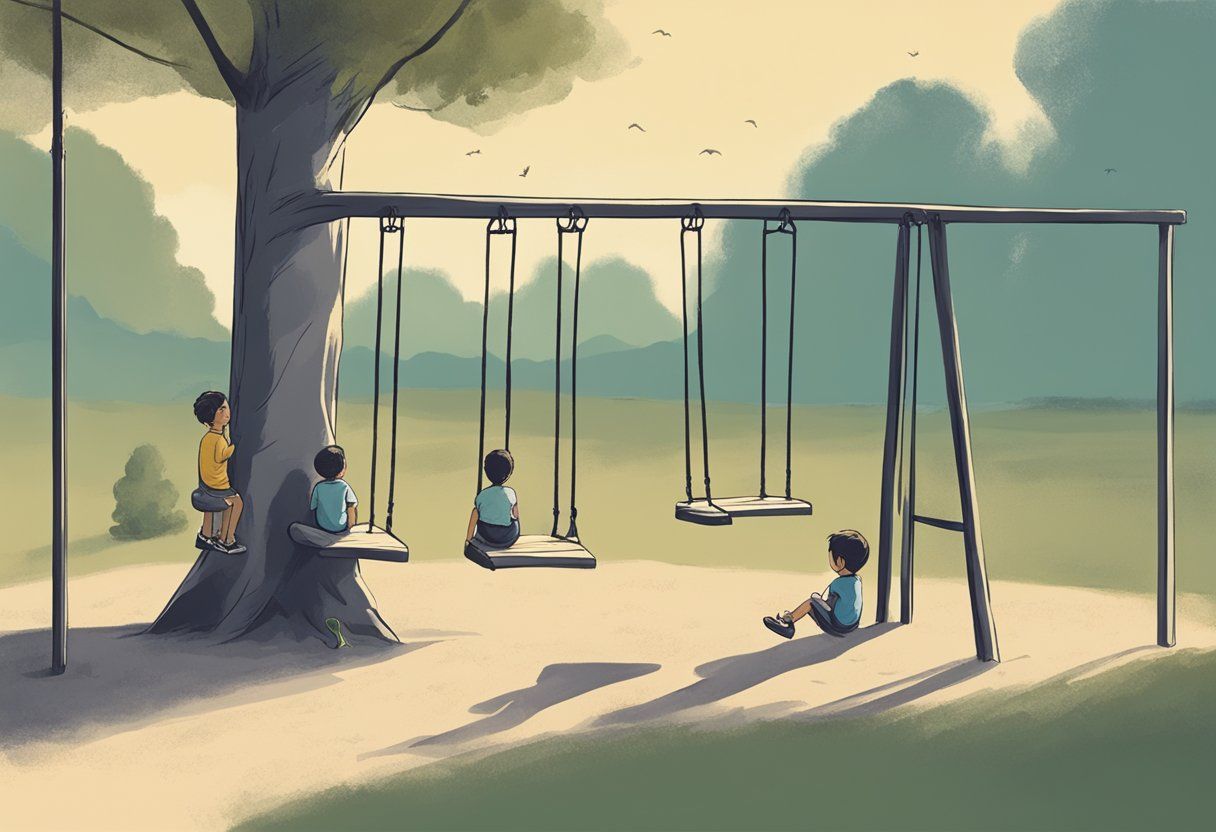
If there’s one truth I want every parent to hold onto, it’s this: relationship is everything. And when we’re parenting adopted children, we must remember — the very foundation of relationship has often been disrupted early on. That disruption leaves an imprint. It’s not a flaw. It’s not brokenness. It’s just a story waiting to be understood with love.
Attachment: A Journey, Not a Destination
Many adopted children arrive in our homes with what I call a “primal wound” — an unconscious memory of loss and separation that occurred before they even had words to describe it. The earliest bonds were broken, and in that rupture, the seeds of fear were planted.
So when you see your child pulling away from you, or clinging so tightly you feel suffocated, understand — it’s not about you. It’s about the story their nervous system is still telling them: “Love is not safe. People leave.”
That rejection you feel? That defiance? That resistance to affection? That’s fear. Not disrespect. Not defiance. Fear.
Yes, what some folks refer to as “Adopted Child Syndrome” — those oppositional behaviors, school difficulties, even a lack of emotional expression — these aren’t character flaws. They’re adaptive behaviors. They are the child doing the best they can with what they’ve lived through.
And here’s the most hopeful part: attachment is never a one-shot deal. It can be earned. It can be re-built. But it’s a slow, moment-to-moment process that starts with you — the parent, the regulator, the safe haven.
Trust Is Grown, Not Given
For adopted children, trust doesn’t come naturally. And that’s okay. It makes sense. If early life taught them that people aren’t dependable, that caregivers can vanish, that being vulnerable equals pain — then trust becomes a dangerous thing.
This isn’t about them not wanting love. It’s about them being afraid to need it.
They might act like they don’t care, like they don’t need anyone. Or they may fearfully cling, terrified you’ll leave too. Both are two sides of the same coin: self-protection.
Building intimacy and trust requires something most systems don’t talk about: presence over performance. Consistency over correction. Compassion over control.
It also means helping your child build a secure sense of identity — one where they’re allowed to be different, to feel confused, to grieve the losses that came before the gains.
So What Can You Do?
Show up. Again and again. Regulate yourself so you can help them co-regulate. Speak the truth with love. Create oxytocin moments — small, consistent, heart-to-heart connections that say, “You are safe. You are loved. I’m not going anywhere.”
Invite therapy if needed, but remember: healing begins in the home. You are the intervention.
Parenting the Wounded Heart: Loving and Leading an Adopted Child Through Trauma
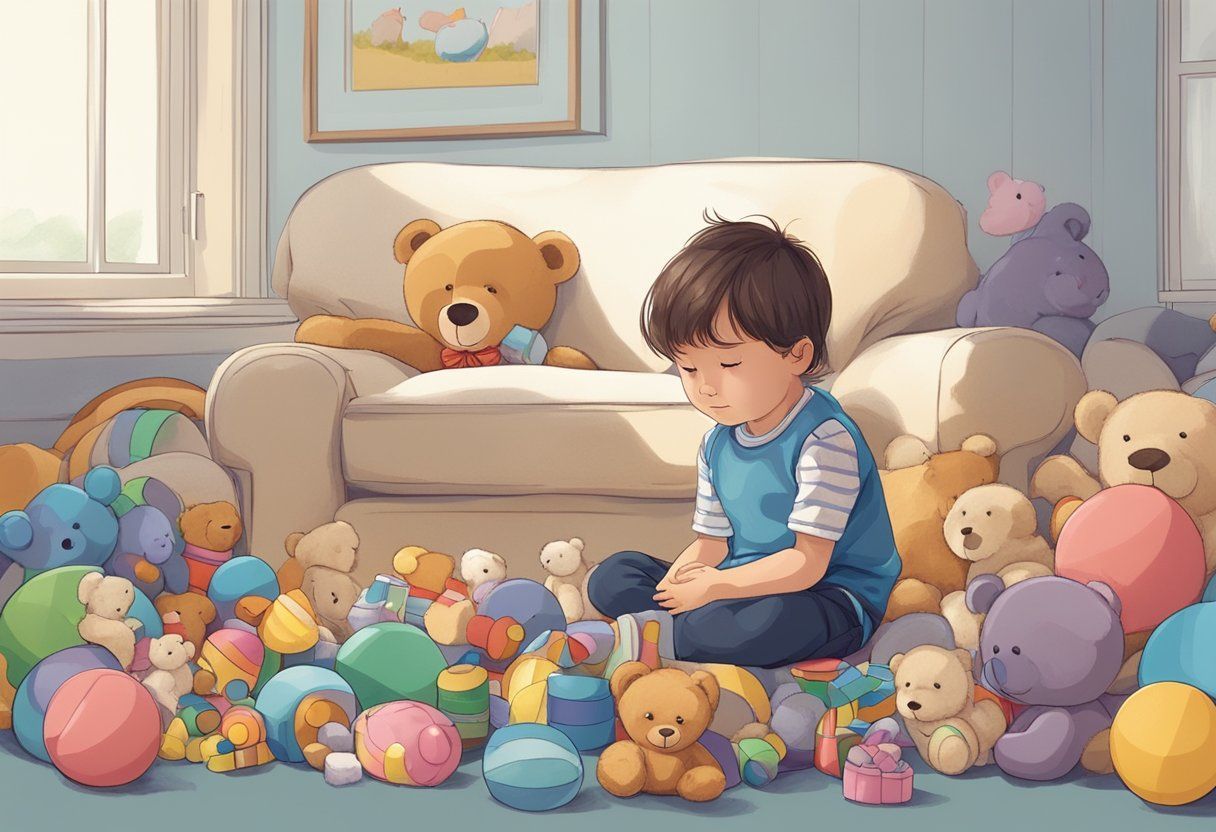
When we open our hearts to a child who’s been through trauma, we’re not just inviting them into our home — we’re stepping into a sacred relationship that calls us to show up, every single day, as a safe harbor in the storm. Love is the medicine. Regulation is the method. And your presence is the most powerful healing tool your child will ever know.
Creating Safety: It Starts With You
Children who’ve experienced trauma don’t need perfect parents. They need regulated ones. When a child’s world has been unpredictable, chaotic, or unsafe, your calm presence becomes their compass.
Build your home around consistency and love. Keep routines predictable. Greet them with warmth. Make their environment feel safe — not just physically, but emotionally.
Listen more than you talk. Validate even the smallest of feelings. A meltdown over a sock isn’t about the sock — it’s about a nervous system trying to feel safe.
Attachment isn’t built in grand gestures. It’s built in the small, steady ways you show up — in your eyes, your tone, your touch, your availability.
Regulate Yourself, Then Regulate Them
You can’t give calm if you don’t have calm. Managing your own stress, your own triggers, your own nervous system — this is the real work of trauma-informed parenting.
When your child is melting down, acting out, or shutting down, ask yourself first: Am I regulated? If not, pause. Breathe. Regroup.
The goal isn’t to control your child. The goal is to co-regulate with them — so they learn, moment by moment, that someone bigger and safer is there to help carry their pain.
Bring in the Village
Healing from trauma isn’t a solo journey. Sometimes it takes a village. Trauma-informed therapy — like EMDR or somatic-based approaches — can help children access and process memories stored deep in the body.
But even the best therapy is only as effective as the environment that surrounds it. Be a partner in the healing. Collaborate with your child’s therapist. Carry those insights back home. You are the bridge between the therapy office and your child’s daily world.
And if your child’s needs are complex, don’t carry the weight alone. Specialized treatment centers exist not because your child is broken — but because some wounds need deeper levels of support. Stay connected. Stay involved. Stay hopeful.
Remember: Love is the Intervention
Therapy helps. Strategy helps. But your love — consistent, patient, regulated love — is the primary intervention.
Your child isn’t testing your patience — they’re testing your safety. Keep showing up. Keep saying with your actions: You are worth it. You are lovable. I’m not going anywhere.
Walking the Journey: Navigating Adoption and Providing Ongoing Care
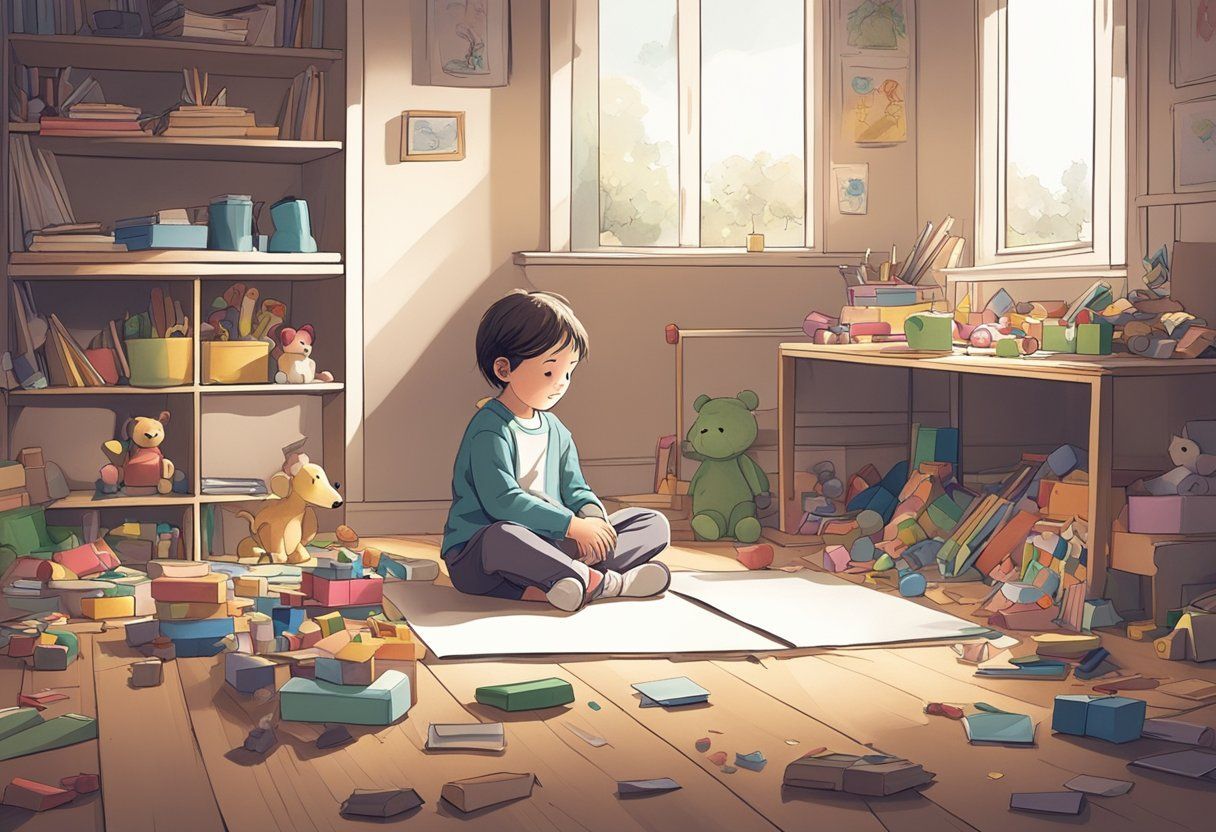
Adoption isn’t a one-time event. It’s a lifelong journey—a sacred relationship that begins with transition and continues through healing. To navigate that journey with love and wisdom, we must ground ourselves in compassion, education, and support.
Understanding the Child’s Story: The Healing Begins with Knowing
Every adopted child brings a history. That history may not be visible on the surface, but it lives in their nervous system, in their sense of safety, in the way they trust—or don’t. Whether a child comes from foster care, another country, or a private placement, their story often includes layers of neglect, abuse, loss, or early deprivation.
We must be willing to see those layers—not as labels or limitations, but as the roadmap to connection.
This isn’t about gathering facts just to fill a file. It’s about entering your child’s world with empathy and curiosity. Ask questions. Learn what you can from social workers, birth family records, or caregivers who came before. The more you know, the better you can love.
Because when you understand the why behind the behavior, everything changes. You move from reacting… to relating.
After the Papers Are Signed: Real Support Begins
Adoption doesn’t end when the ink dries. In fact, the real work—and the real opportunity for healing—begins after the placement.
Ongoing support is essential for both your child and your family.
Trauma doesn’t operate on a schedule. Symptoms may show up weeks, months, or even years after adoption. That’s why having access to therapy, support groups, trauma-informed counselors, and adoption-competent professionals is non-negotiable.
But remember, support isn’t just for your child—it’s for you too. Parenting a child with a trauma history can activate your own stress, your own grief, your own stories. Find your village. Engage in workshops, lean into parent coaching, attend peer support meetings. Surround yourself with others who understand the path you’re walking.
Community Is the Container for Healing
We heal in relationship—not just in parent-child bonds, but in community.
Let your home become a place of regulation, not reactivity. Let your family become a place where fear dissolves into safety. And let your community be a mirror that reflects your child’s worth, strength, and capacity for transformation.
Because adoption isn’t about rescuing. It’s about
rebuilding. Not fixing the child—but becoming the family they can finally feel safe in.
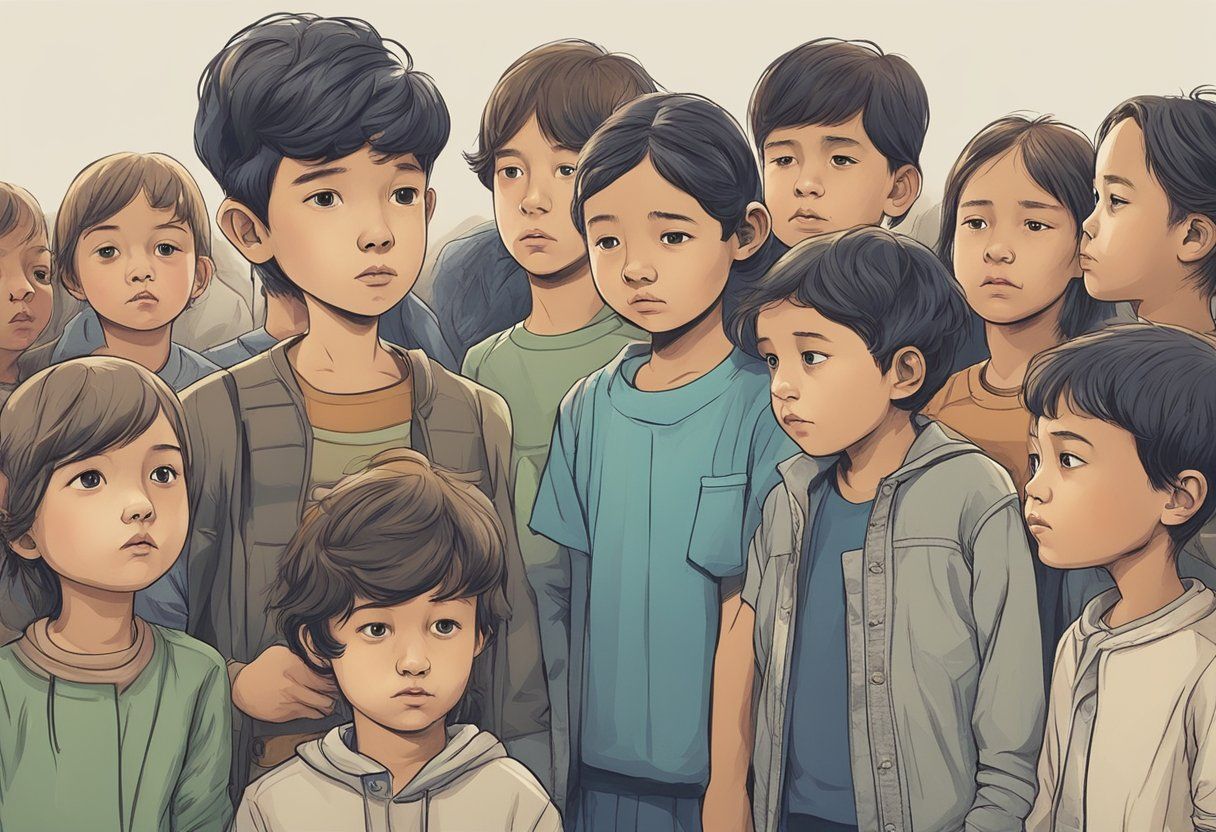
Frequently Asked Questions
What are common behavioral indicators of trauma in adopted children?
You might notice changes in mood, increased anxiety, or fearfulness. These children may also display hyperactivity or become withdrawn. Changes in behavior often arise due to past experiences.
How can adoption trauma manifest in adult adoptees?
Adults who were adopted can face identity issues, feelings of abandonment, or difficulty with relationships. Experiences during childhood play a role in long-term effects.
What psychological effects can being adopted at birth have on a person?
Adopted individuals may deal with feelings of loss or confusion about their identity. Even being adopted at birth can lead to complex emotions regarding belonging and self-worth.
Can you identify symptoms of attachment disorder in adopted children?
Attachment disorders can present as difficulty in forming close bonds, mistrust towards caregivers, and problems with social interactions. These symptoms often result from early disruptions in primary relationships.
What strategies are effective in helping adopted children overcome trauma?
Therapeutic interventions, creating a stable environment, and open communication can greatly help. Offering consistent support and understanding helps children feel secure and safe.
What are the core issues typically faced by individuals who are adopted?
Adoptees often grapple with questions about their origins, identity, and belonging.
Feelings of abandonment or rejection are common, requiring sensitive handling and support.
RECENT POSTS
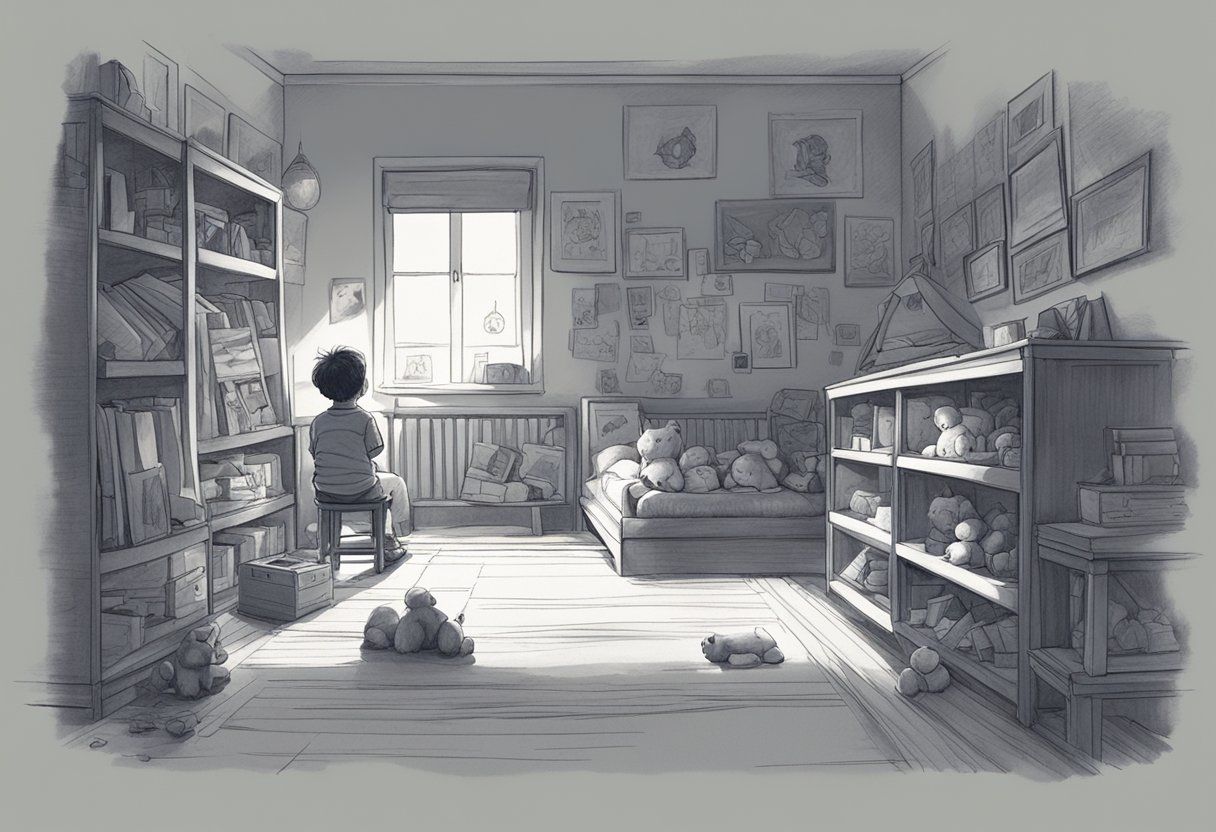


Bringing and keeping families together!

Supporting families in need.
LEAF WRAPAROUND is a Parents in Training Inc. program to help ensure families stay together, providing support and services to both children and parents
LEAF WRAPAROUND - a Parents in Training Inc. progra | Built by WSI - Dinámica Digital
LEAF WRAPAROUND
a Parents in Training Inc. program
Built by WSI - Dinámica Digital





